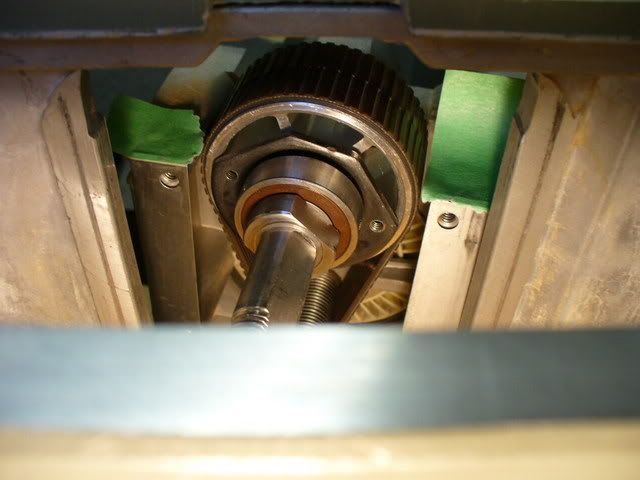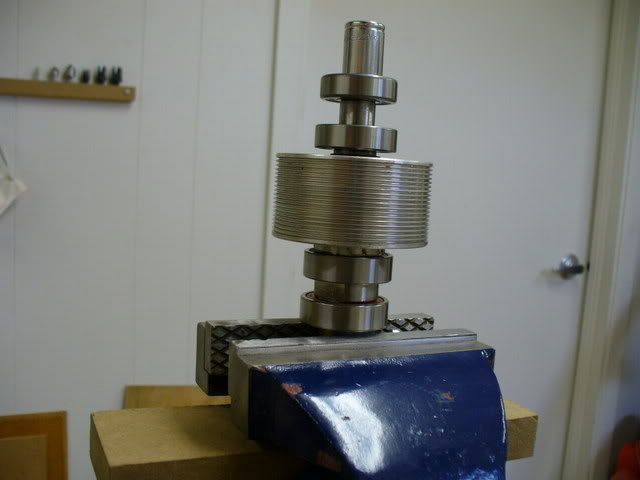Boy am I glad I found this forum! I have recently been given a bt3000, and it doesn't seem like it runs "right". The saw loses power and slows down even when it is not cutting anything.
I put a new blade on and that didn't help, didn't think it would but it needed to be changed any ways. So I proceeded to look at the belt, and I noticed that the notches were on the outside and not making contact with the gears.
Is that right, it sure doesn't look right to me but I am not sure. Any help would be appreciated.
I put a new blade on and that didn't help, didn't think it would but it needed to be changed any ways. So I proceeded to look at the belt, and I noticed that the notches were on the outside and not making contact with the gears.
Is that right, it sure doesn't look right to me but I am not sure. Any help would be appreciated.




 Loring in Katy, TX USA
Loring in Katy, TX USA

 .
.
Comment